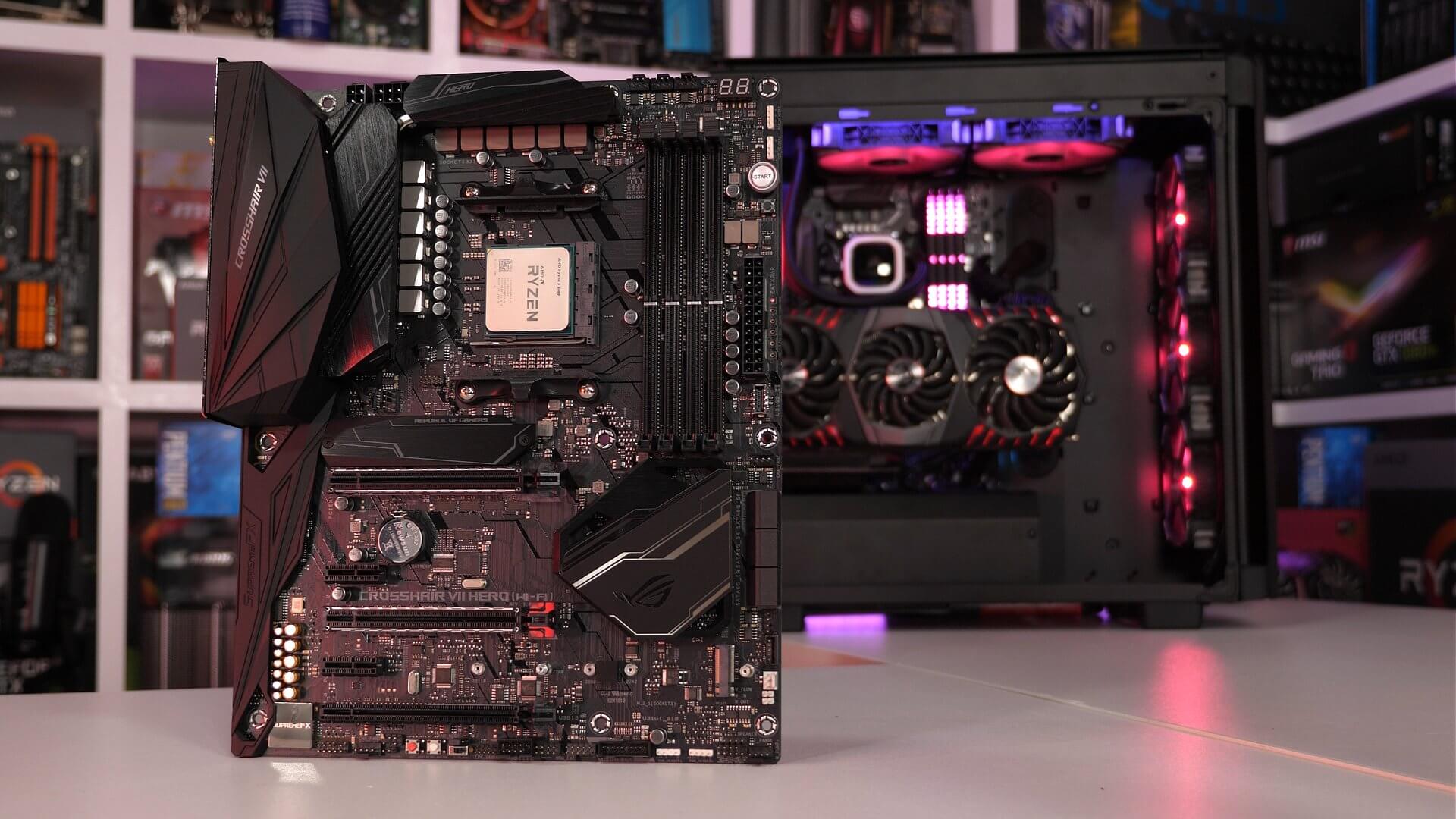Productivity Performance
Firing up Excel for some spreadsheet action we see that the 2600 took just 3.1 seconds to complete the workload when stock, and just 2.6 seconds once overclocked. That means with both the 1600 and 2600 overclocked to the max the new 2nd gen model completed the workload 11% faster.

For compression and decompression work the 2600 is 11% faster than the 1600 which is a seriously impressive improvement. This puts it almost on par with the Core i7-7800X, a CPU that costs almost twice as much.
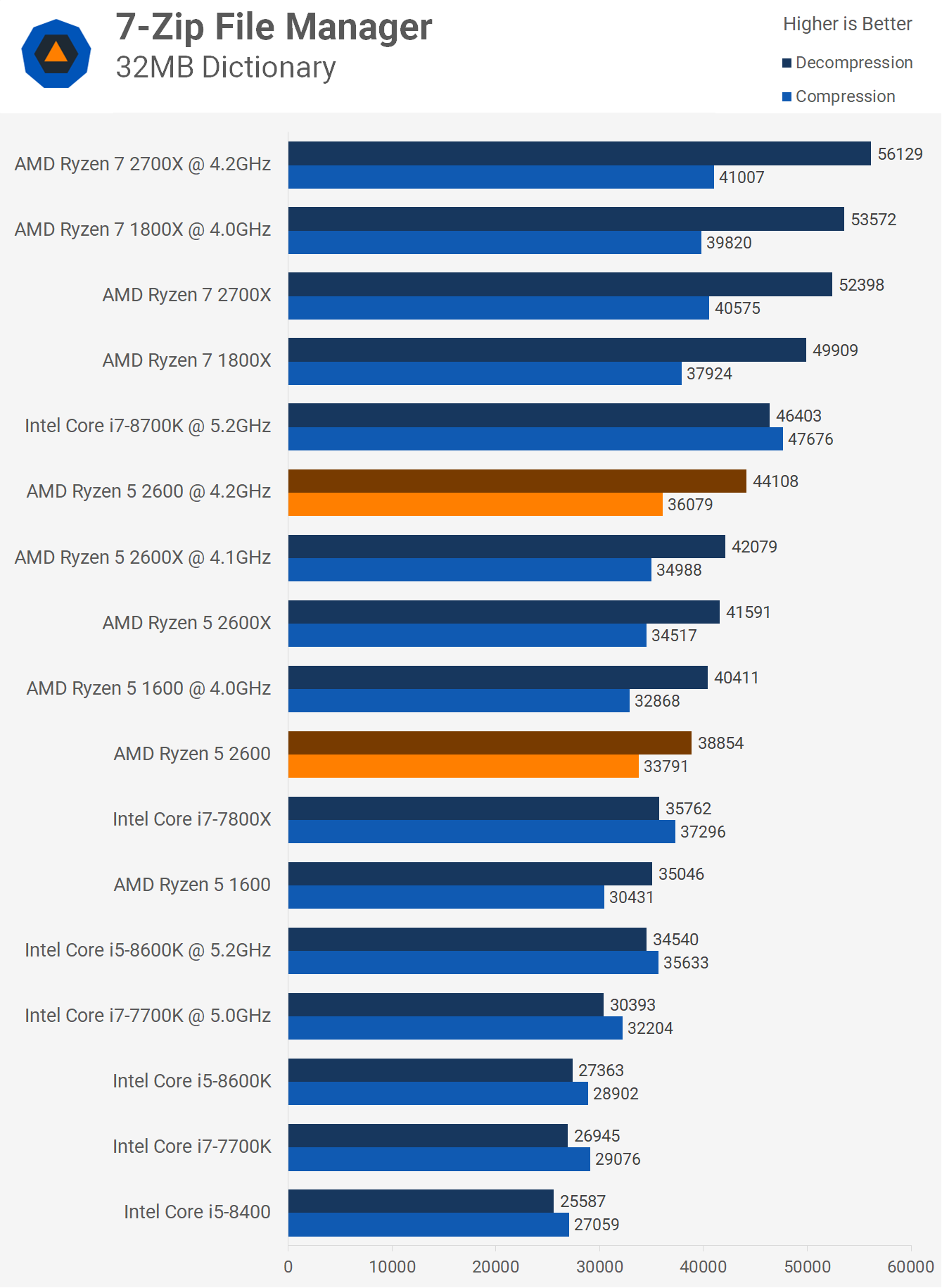

The 2600 does trail the 7800X by a rather large margin for our HandBrake test though once overclocked it does rapidly close in. Of course you can overclock the 7800X and we'll look at those results in a future video. Overall still a good result for AMD here as the 2600 easily beat the 7700K clocked at 5 GHz.
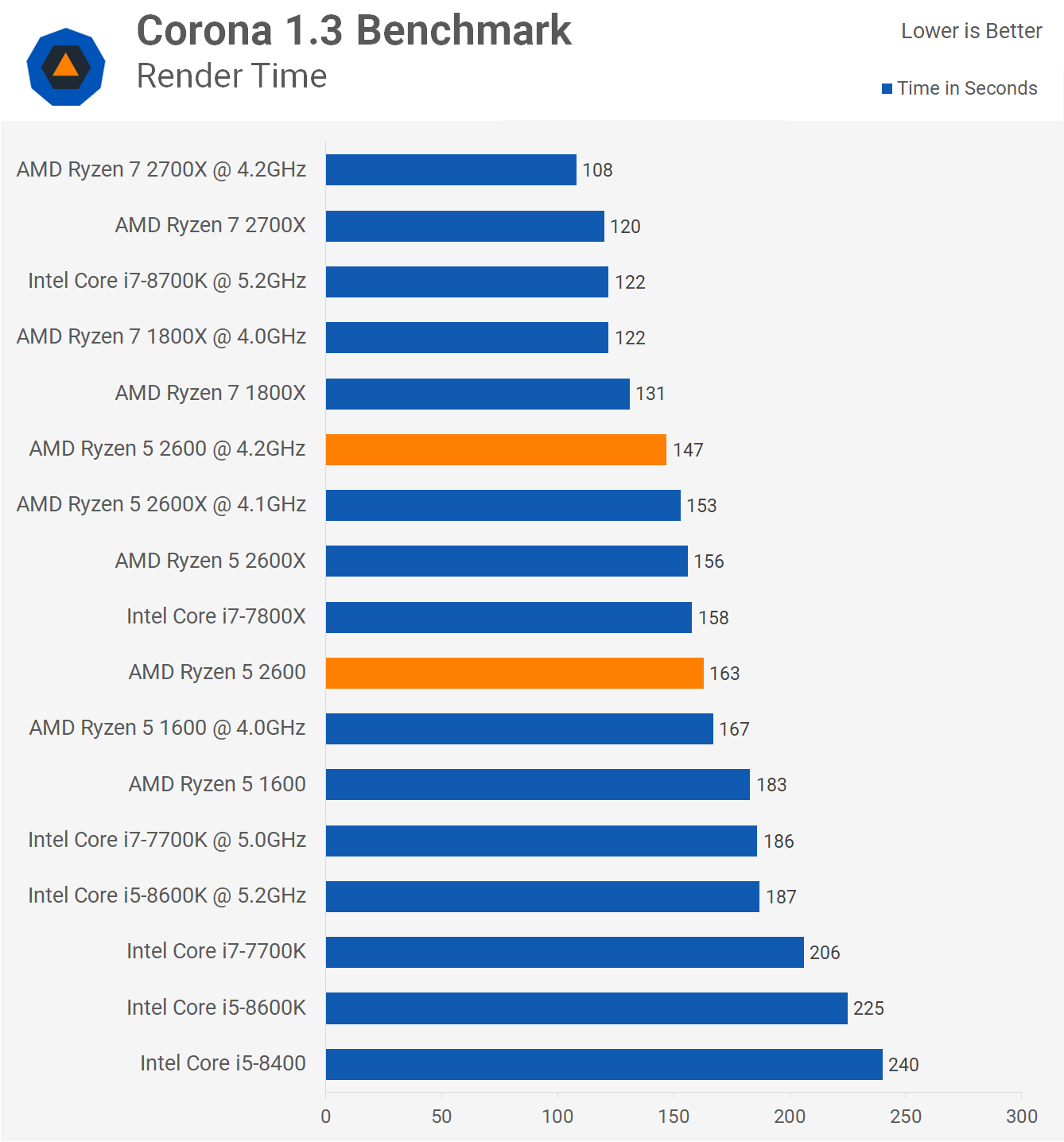
Running the Corona benchmark we see that out of the box the Ryzen 5 2600 and Core i7-7800X are comparable which again bodes well for the significantly more affordable AMD CPU.

Moving on to the Blender results and here we see that the 2600 needs to be clocked at 4.2 GHz in order to beat the stock Core i7-7800X. Still it's worth noting that before overclocking the 2600 it was still faster than the Core i7-7700K at 5 GHz, so in terms of value it's very impressive.
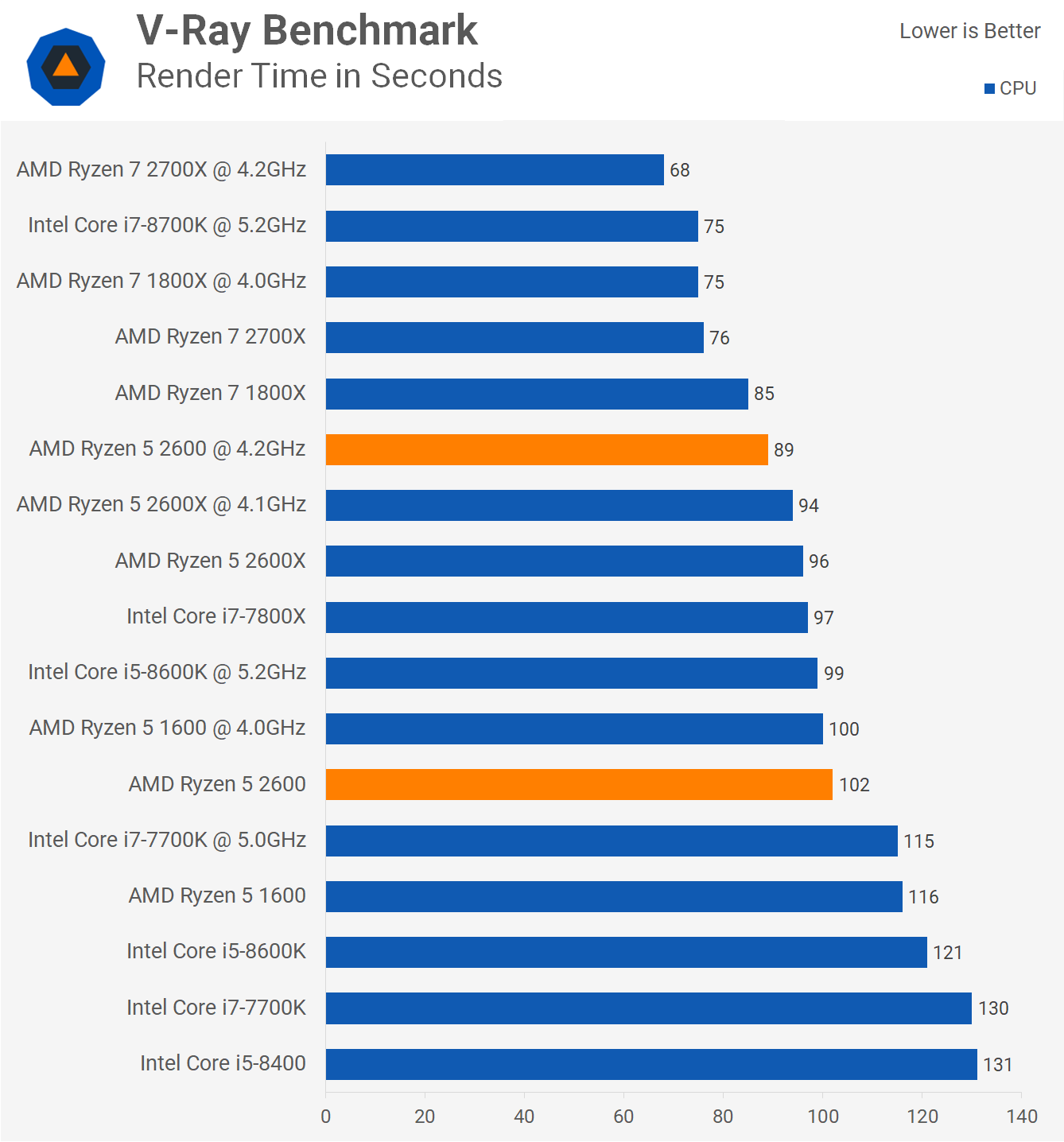
The V-Ray benchmark shows the stock Ryzen 5 2600 shaving 11% off the render time when compared to the R5 1600. In fact overclocked to the max the R5 1600 is only able to roughly match the stock 2600. Meanwhile overclocking the 2nd gen Ryzen CPU reduced the render time by a further 13%, allowing it to complete the test in just 89 seconds.
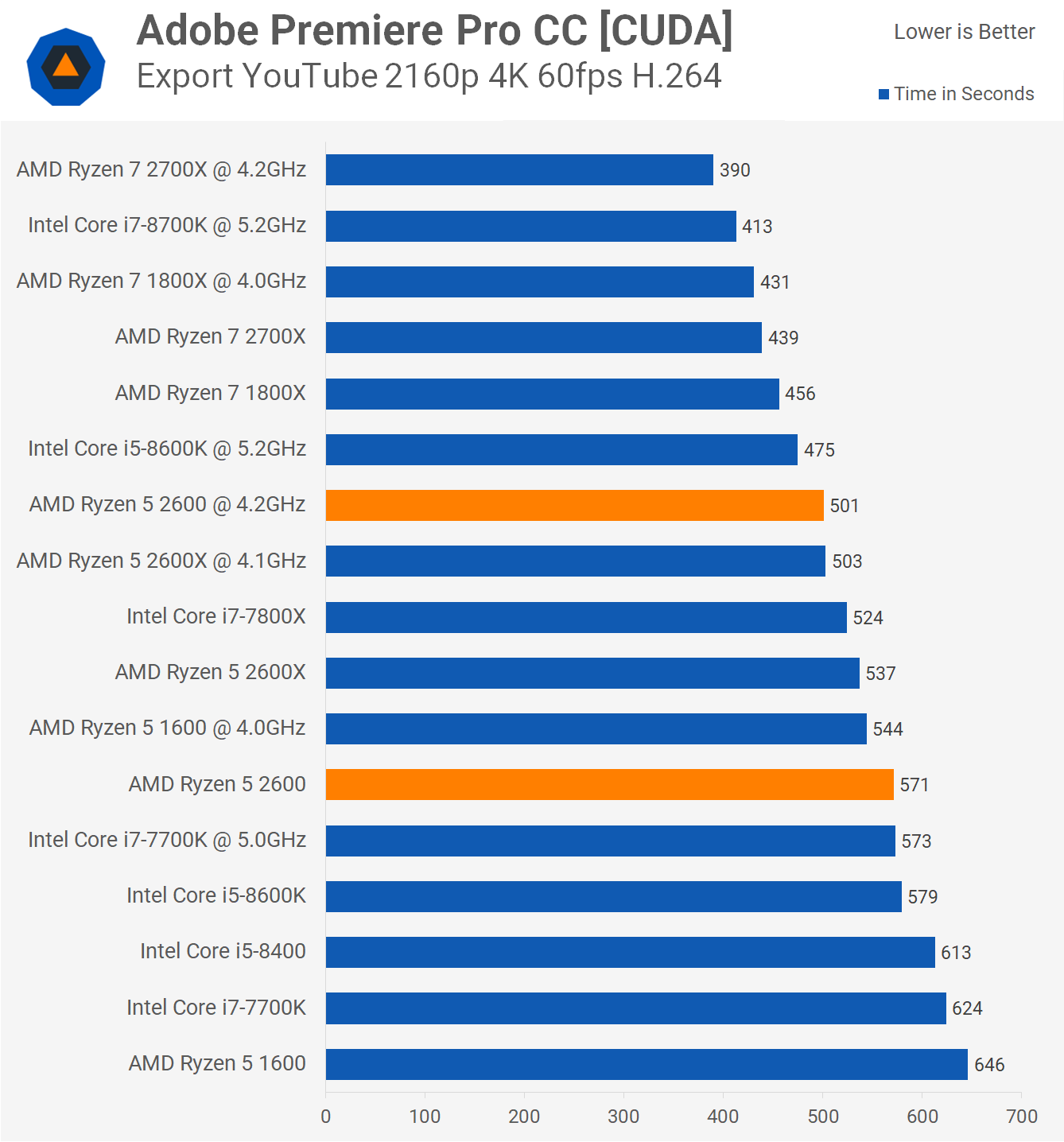
For content creators on a budget the Ryzen 5 2600 should be a hot item as you can achieve 8600K like performance at a more affordable price. Even at 5.2 GHz the 8600K is only a fraction faster and at this frequency requires expensive cooling and a delid, though please not our chip hasn't been delided and therefore runs extremely hot.
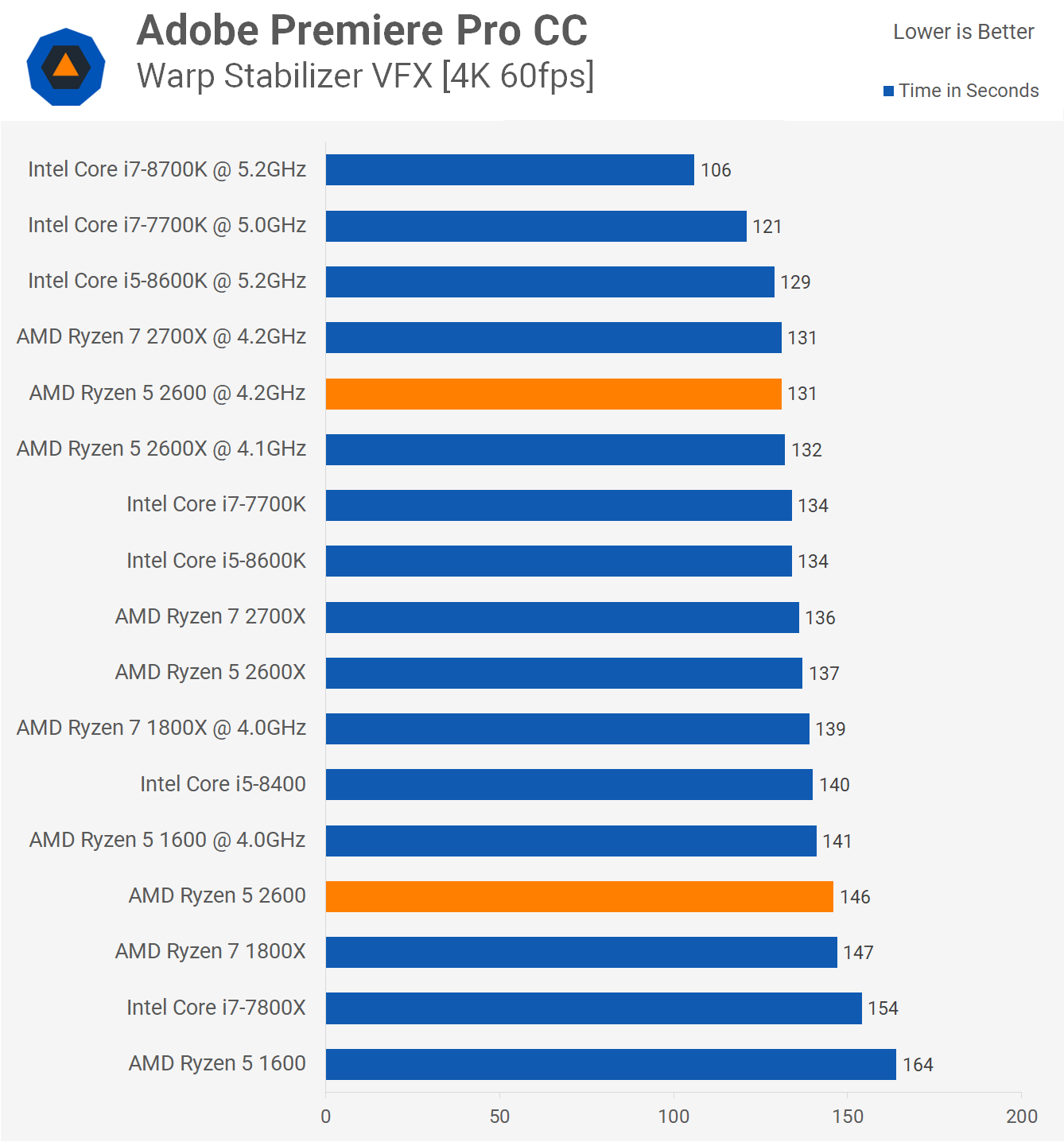
Even when editing the 2600 is comparable to the higher clocked 8600K so it appears to have no deal weakness and is considerably better than the 1st gen Ryzen 5 1600 for these types of lightly threaded workloads.
